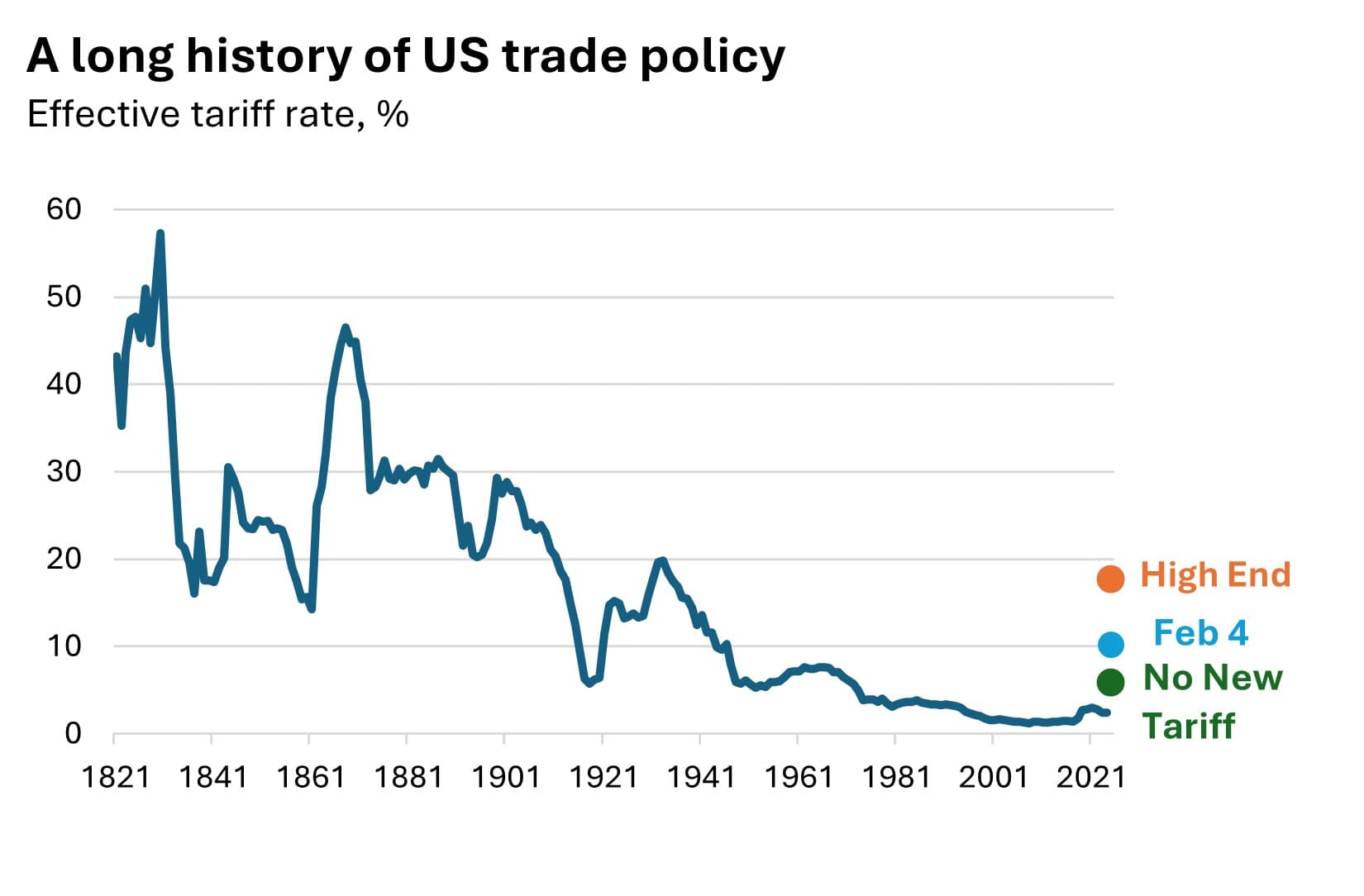Wall Street Bets on Further Gains, But Flags Slower Bull Market Pace
Major strategists have begun publishing bullish 2026 S and P 500 targets, with forecasts ranging from about 7,400 to 7,800, signaling roughly 10 to 16 percent upside from current levels. The projections matter because they rest on stronger corporate cash flows and AI driven productivity gains, even as midterm election dynamics and macro risks raise the prospect of greater volatility.

Strategists on Wall Street are rolling out optimistic price targets for the S and P 500 for 2026, even as they warn that the pace of gains will moderate. Some shops have set a 2026 target near 7,400, which implies almost a 10 percent rise from the S and P 500 close of 6,734.11 on Friday. Morgan Stanley has gone further, projecting a 12 month target of 7,800, roughly a 16 percent upside from the same closing level.
Analysts behind the calls point to improving corporate fundamentals as the core justification. They highlight a return of positive operating leverage, increased pricing power in a number of industries, and accelerating productivity gains tied to artificial intelligence deployment as key drivers of earnings and free cash flow growth. Those forces, strategists argue, could sustain further multiple expansion even after the market’s substantial rally since 2022.
The headline numbers mask an important qualifier that strategists repeatedly emphasize. The bull market, they say, is likely to continue but at a slower cadence. One frequently cited concern is that 2026 is a midterm election year, a calendar historically associated with higher volatility and compressions in price returns for equities. Political swings that alter congressional control can amplify policy uncertainty around taxes, regulation and spending priorities, translating into wider market swings.
For investors the two competing signals present a practical dilemma. On one hand, double digit upside targets imply attractive potential returns relative to many fixed income alternatives, particularly if real yields remain low and corporate buybacks and dividends continue to support demand for equities. On the other hand, election year noise, combined with potential shifts in monetary policy, geopolitical risks and still elevated valuations in some tech pockets, argues for greater portfolio caution and attention to sectoral differentiation.
Sector forecasts accompanying the bullish view skew toward technology, enterprise software and cybersecurity, where both revenue growth and margin expansion tied to AI adoption are expected to be strongest. Defensive sectors could nevertheless outperform during intermittent selloffs if headline risks spike. Strategists will be watching the sequencing of earnings momentum and the Federal Reserve’s guidance closely; any signs that profit margins are peaking or that the Fed signals a tighter stance would likely reduce the upside that those targets imply.
The timing of these projections is important. Year end is approaching, and strategists typically publish fresh outlooks at this juncture. That pattern helps set the narrative for asset allocators and retail investors heading into 2026. For now the message from Wall Street is cautiously upbeat. The combination of improving corporate economics and AI led investment supports a continued bull market, but the calendar and macro background caution that gains may come with pronounced volatility and occasional reversals along the way.


